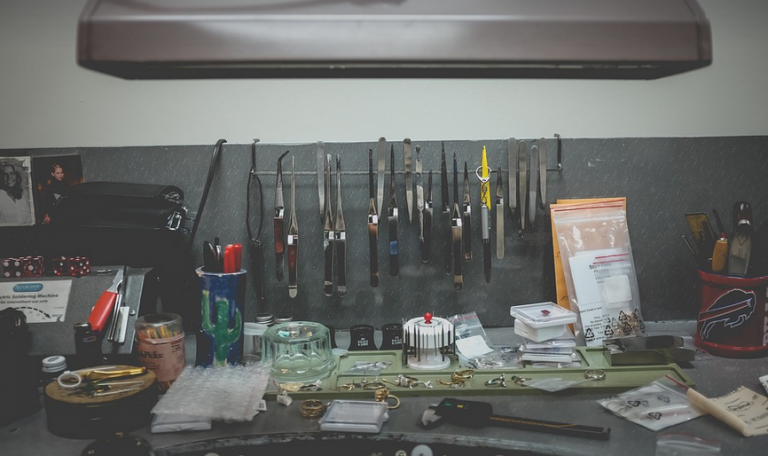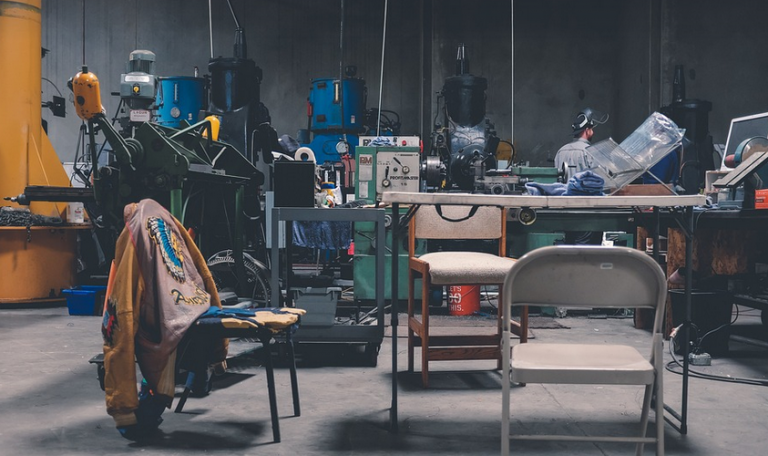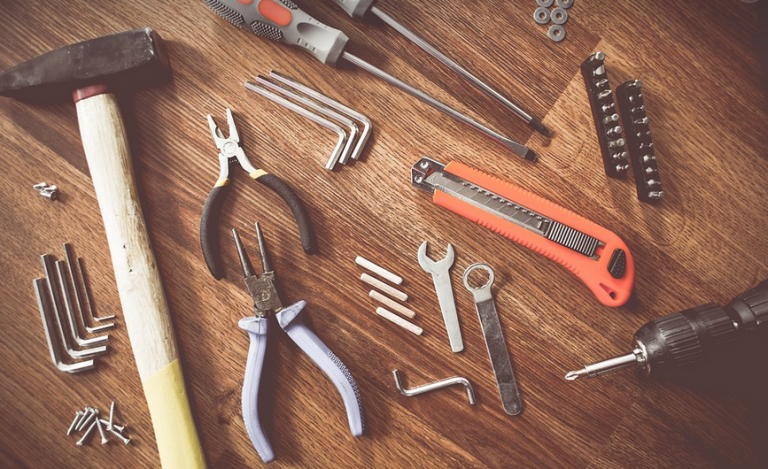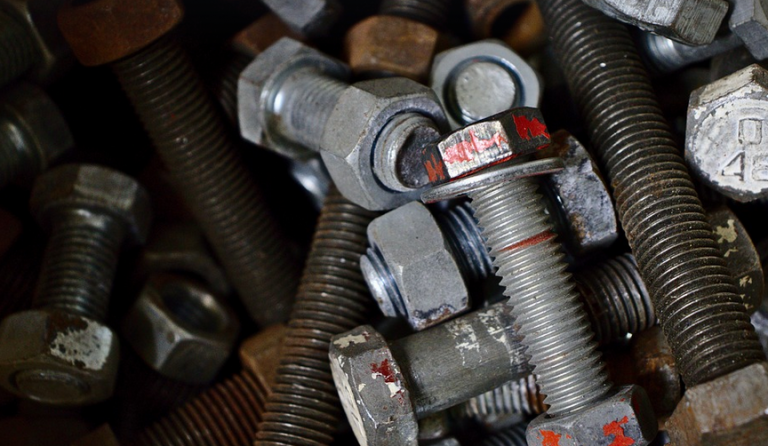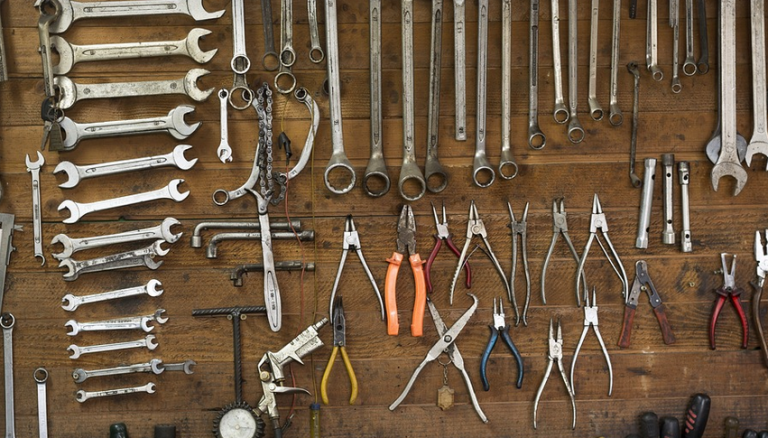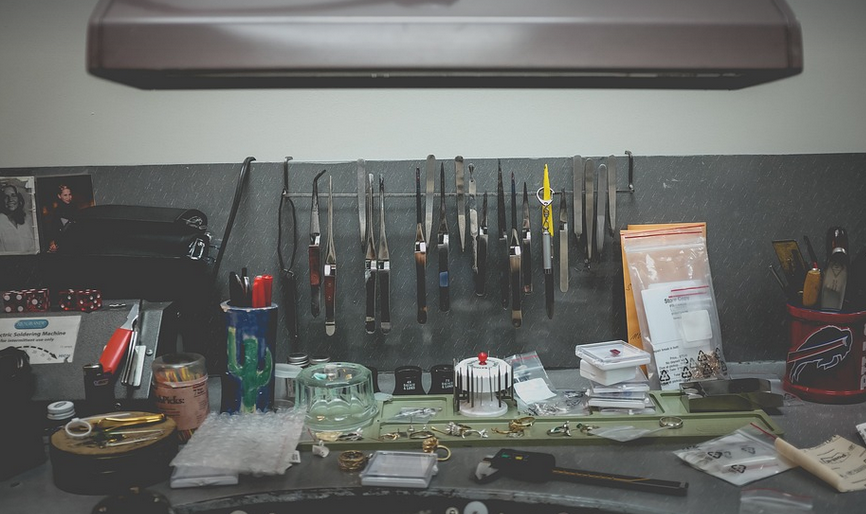
A Comprehensive Guide to Ensuring Accurate Environmental Data Collection
Air sampling pumps play a pivotal role in environmental monitoring, air quality research, and industrial settings. These devices are essential for accurately collecting airborne pollutants and contaminants for analysis. But like any sophisticated instrument, regular calibration is crucial to guarantee the accuracy of collected data.
Calibration ensures that the pump operates within an acceptable range, delivering a consistent flow rate that matches the desired measurement parameters. Without proper calibration, results can be skewed, leading to inaccurate assessments and potentially flawed conclusions. This article delves into the importance of air sampling pump calibration in 2025.
The Quest for Accuracy: Why Calibration Matters
At its core, calibration ensures that the air sample volume collected is accurately proportional to the concentration of the targeted pollutants. It’s like measuring the flow rate of a river – if your water meter is off by even a small amount, it can significantly distort your understanding of how much water is flowing.
Air sampling pumps rely on various mechanisms to deliver samples, ranging from diaphragm-based models to high-pressure turbine solutions. These pumps often incorporate intricate components, including diaphragms, gears, and motors, that may wear down over time. This wears can impact the precision of the pump operation, especially when it comes to consistent flow rate.
Calibration checks for these potential discrepancies. It ensures that your air sampling system is operating at its peak efficiency, delivering accurate readings and reliable data. As a consequence, calibration plays a crucial role in ensuring the reliability of environmental monitoring programs and research initiatives that rely on precise measurements.
The Calibration Process: A Step-by-Step Guide
Calibration involves a careful series of steps to ensure that the pump operates consistently and generates accurate samples. Let’s break down the standard calibration process into manageable steps:
“1. Preparation: Before calibration, it’s essential to prepare your air sampling system properly.
* **Select a Calibration Standard:** Acquire a certified calibration standard that closely matches the target pollutants in your study. Ensure compliance with established guidelines such as EPA standards for accurate results. * **Clean and Inspect: It is crucial to ensure your pump, tubing, filters, and other components are clean and free of any obstructions or damage.
“2. Calibration Procedure: Once the system is ready, follow a precise calibration procedure:
* **Assembly:** Carefully assemble the pump according to the manufacturer’s instructions, ensuring all connections are secure and compatible with your application requirements. * **Flow Rate Measurement:** Connect the calibrated flow meter or other metering device to the pump output line. Monitor the flow rate through a visual indicator or digital display. Use calibration standards to verify the accuracy of the measured flow.
“3. Documentation: Following calibration, meticulously document every step and the results. Include details such as:
* **Calibration date:** Record the exact date you performed the calibration. * **Calibration standards used:** List the specific calibration standards employed during the process. * **Flow rate values measured:** Note down the precise flow rates obtained for each test sample. * **Any discrepancies observed:** Record any deviations or issues encountered during the calibration.
**4. Maintenance: Keep Your Calibration System in Top Shape.**
“Regular maintenance is key to ensuring accurate and reliable findings. Follow these guidelines for optimal performance:
* **Cleaning:** Clean your pump components regularly using a suitable solvent or cleaning agent to avoid build-up of contaminants on the internal surfaces.
* **Inspection:** Periodically inspect all the elements of the air sampling system, including tubing connections, filters, and pump blades. Look for any signs of wear and tear, damage, or corrosion, and address them promptly. * **Calibration check:** Ensure that your calibration is maintained over time. Conduct periodic checks to verify that your pump continues to deliver accurate flow rates.
**5. Calibration Intervals: Establish a Schedule**
The frequency of calibrations should be determined based on usage patterns, specific industry standards, and the environmental conditions you are monitoring.
* **Regulatory Standards:** Always adhere to any regulatory guidelines or compliance requirements set by your governing bodies or agencies. * **Air Pollution Levels:** If you’re monitoring high levels of pollutants or in a controlled environment with frequent testing, you might need more frequent calibration checks.
* **Calibration Records:** Maintain detailed records of all calibration activities, including dates, equipment used, flow rates measured, and any discrepancies observed. This helps in tracking the accuracy of your measurements over time.
The Benefits of Calibration: A Clear Advantage!
Beyond ensuring accurate data collection, the benefits of air sampling pump calibration extend to various aspects of environmental monitoring:
“**1. Enhanced Reliability:** Calibration ensures that your air sampling system operates consistently, providing reliable and accurate results over time.
“**2. Improved Accuracy:** Accurate measurements are crucial for obtaining meaningful data. Calibration helps maintain consistent flow rates and minimizes any inaccuracies in sample volume collection, leading to more precise environmental assessments.
“**3. Increased Confidence:** Calibration instills confidence in your findings, as you can be sure that the data collected is trustworthy and reliable. This confidence allows for better decision-making in environmental monitoring applications.
“**4. Compliance with Regulations: ** Calibration aligns with regulatory standards and guidelines, ensuring that you meet compliance requirements for environmental monitoring and reporting.
“**5. Cost Savings:** Performing proper calibration can help avoid costly errors or missed data points down the line. This saves time, money, and resources in the long run.
Looking Ahead: The Future of Air Sampling Pump Calibration
In 2025 and beyond, air sampling pump calibration will continue to evolve alongside technological advancements in environmental monitoring:
“**1. Sensor Technology:** Sensor technology is becoming increasingly sophisticated, with more precise sensors capable of measuring even minute concentrations of pollutants. This advancement opens up new possibilities for more accurate and detailed environmental assessments.
* **Data Analytics Advancements:** Advanced data analytics techniques will play an integral role in interpreting collected air sampling data more effectively. Real-time data analysis can help identify trends, patterns, and anomalies in pollution levels over time.
“**2. Automation: ** Automation is likely to become increasingly prevalent in air sampling pump calibration processes. Advanced automation solutions promise faster, more efficient, and accurate calibrations, freeing up professionals for other tasks.
The future of air sampling pump calibration lies in embracing innovation and staying abreast of the latest technological advancements. As we delve deeper into the complexities of environmental monitoring, calibration will continue to be a cornerstone in ensuring accuracy and reliability across all aspects of this critical practice.
